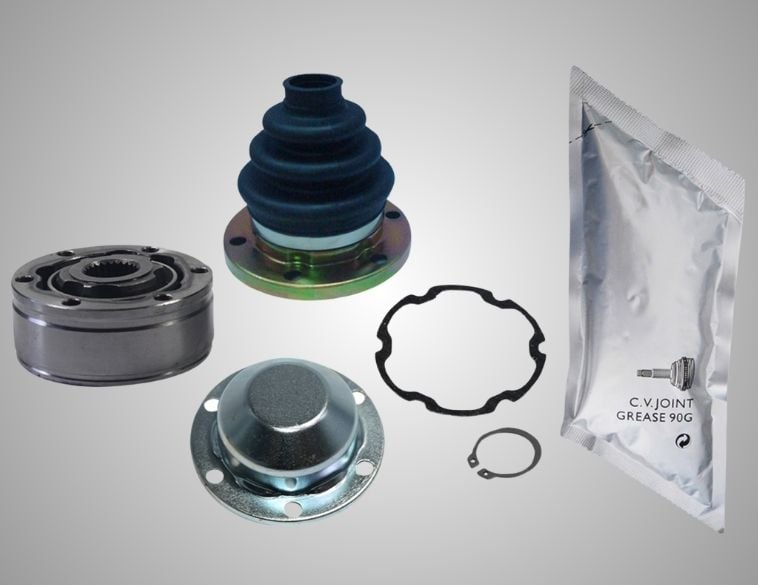How do you manage complicated diagnostic projects and client expectations?
All too often I’m introduced to new clients because they’ve had a bad experience with a shop when trying to diagnose a complicated or intermittent problem with their vehicle. When I investigate the reasons as to why the client isn’t happy, I usually narrow the problem down to a few common issues.
Communication and, more often, a lack of communication, can cause the entire process to start and end in a negative experience for both the client and the shop.
When a client makes a request to the shop to diagnose and repair an intermittent or complicated vehicle symptom, the shop manager or service advisor must start the process with a professional discussion to ask about the symptoms and set realistic expectations about what method and processes are required to solve such issues.
Questions need to be asked such as: How often does the intermittent symptom occur? Did the symptom occur while you drove to the shop today? If our technician road tested the vehicle for fifteen minutes, would you expect the technician to experience the symptom? It’s a great idea to have a printed questionnaire document so you can write down the conditions of when and how often the symptom occurs. The technician should have the correct and most accurate information as if the client were standing right there during the interview.
Understanding each other
Having the client speak about the symptoms and answer questions about how the technician may have trouble reproducing the symptoms can help the client understand how much of a challenge diagnosing intermittent problems can be. The client needs to understand that not every problem or issue has a one-step solution.
The cost of diagnosing a complicated and intermittent problem is going to be higher than a simple code read. Diagnostic work should be sold in steps. Sometimes a problem seems simple until the technician has the proper time to perform the initial tests and inspection. It should be acceptable to let the client know that sometimes it is appropriate to spend time verifying what the problem is not, rather than jumping directly to what the problem could be. Manufacturers often have steps in their own diagnostic routines that direct the technician to install a known good component and re-test the system for the fault. If the fault still remains, move on to the next step.
Ask questions
Shop owners or service advisors must also ask themselves questions: Does our shop have the proper tools and equipment to accurately diagnose the issue for this client’s type of vehicle? Does our shop have a technician with the required knowledge and skill to take on this project? If the answer to either of these two questions is no, then there is no good reason to let pride or arrogance stop you from letting the client know that you must turn down their request. Doctors send patients to specialised doctors on a regular basis when the situation calls for the need of a specialist. Specialised diagnostic services can be sublet to other shops or specialists as well.



